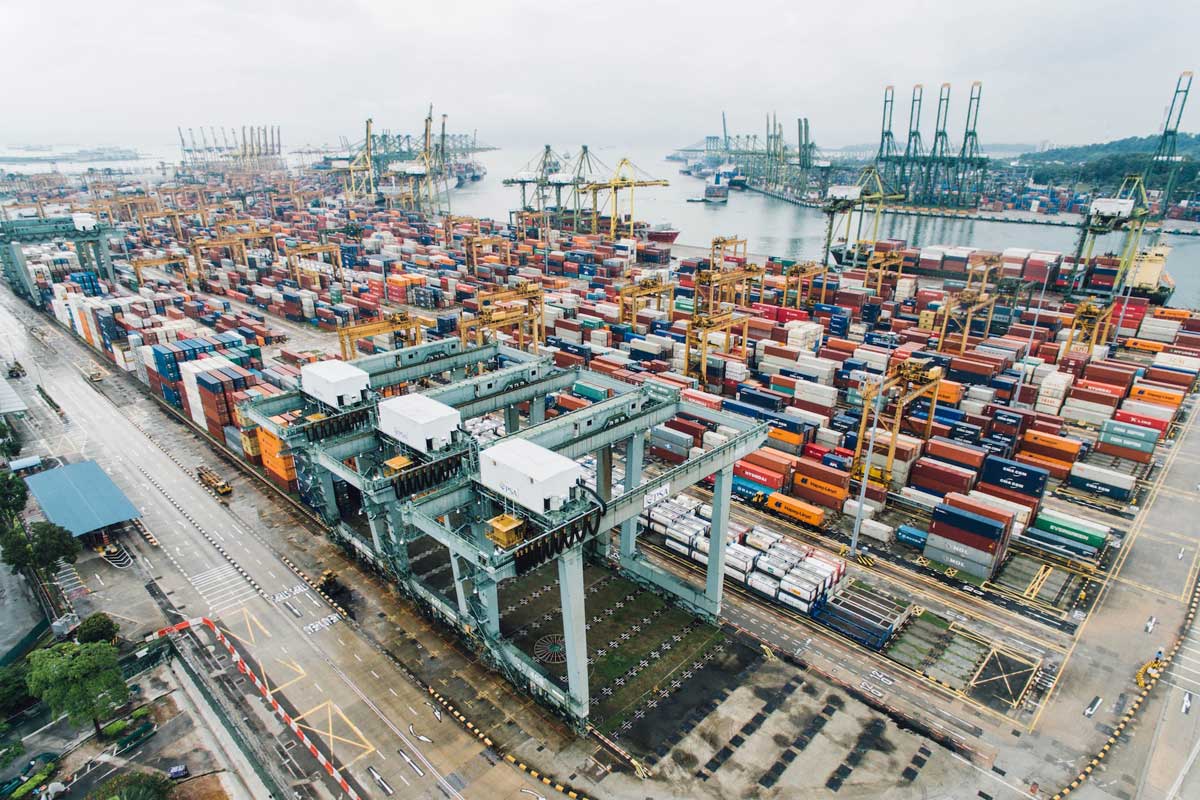

Regional Trade Agreements (RTA) is a trade agreements between two or more countries, where each country offers preferential market access to the other. There are two forms of RTAs: free trade areas and customs unions. In free trade areas such as the North American Free Trade agreements (NAFTA), governments eliminate tariffs on other members’ goods, but each member maintains independent tariffs on goods entering their market from non-member countries. Meanwhile, in customs unions such as the European Union, member countries remove all tariffs on trade between members of the customs union and impose a common tariff on goods entering the EU from non-member countries. RTAs traditionally occur between countries that are geographically close and have established trade patterns such as NAFTA, EU, ASEAN, and MERCOSUR.
According to the WTO in 2015, there are 275 trade agreements currently in force and nearly 70% of them are free trade agreements. This shows that countries around the world, including those that have been dependent on multilateral trade facilitation, are increasingly making RTAs central to their commercial policies and are also engaging in more complex trade regimes that go beyond multilaterally agreed trade rules. The movement towards regionalization can be said to be a result of dissatisfaction with the multilateral trading system and the slow progress made given that the multilateral trading system is inherently more complex compared to a single block of RTAs which usually takes less time to integrate and liberalize smaller markets.
The debate on whether RTAs are stepping stones or stumbling blocks to the World Trade Organization (WTO) system essentially questions whether regionalism is appropriate from an economic policy standpoint and whether RTAs support or hinder multilateral trade. Many economists argue that regional agreements are inefficient and discriminatory. This is because RTAs provide tariff-free market access to some countries, but not to others, hence they are inherently discriminatory.
Although such discrimination is not in line with the core principles of the GATT, Article XXIV of the GATT allows countries to enter into RTAs as long as the level of protection imposed on non-members is not higher than the level of protection applied by the country before entering into the arrangement. However, the discriminatory aspects of RTAs have led to much debate on their impact on the non-discriminatory trade promoted by the WTO. RTAs and the WTO share the goal of trade liberalization, but RTAs are discriminatory, while the WTO is not. So this pursuit of the same goals but with different approaches has sparked debates and concerns.
The essence of WTO regulation is the principle of non-discrimination. Under this principle, members commit not to discriminate against other trading partners in an agreements. This rule is contained in GATT Article 1, Most Favored Nation (MFN), which states that “concerning import and export duties, charges, regulations and formalities of any kind, any advantage conferred by a contracting party on any product from or destined for another country shall be accorded promptly and unconditionally to like products originating in or destined for the territory of all other contracting parties”. MFN is a principle that requires members to treat WTO members equally. RTAs are considered to erode MFN, increase barriers to products from other regions, and divert the flow of free trade. Such actions may cause adverse effects on the economy and weaken political support for the multilateral system.
According to the Preamble of the 2015 Nairobi Ministerial Declaration, WTO members reiterated that “RTAs should complement, not replace, the multilateral trading system“. Therefore, it appears that the WTO has an important role in supporting or hindering the multilateral trading system and RTAs. This is because the WTO has been instrumental in setting the scope of international trade relations mainly because the rules governing such trade have been established. The rise of regionalism indicates stronger ties between countries and a push for international trade. This level of integration encourages trade liberalization in various ways through the reduction or elimination of trade barriers such as tariffs, quotas, and export duties.
When governments in Central and Eastern Europe entered into RTAs with the EU because they wanted better access to the EU market and each country planned to become a full member of the EU, the EU responded by establishing free trade agreements as the first step in the accession process. In this case, RTAs emerged as an appropriate solution to address pressing trade issues in a rapidly changing economic environment. On the one hand, RTAs liberalize trade, a mission shared with the WTO. In this sense, RTAs complement the mission of the WTO. But on the other hand, RTAs institutionalized discrimination in world trade. In this sense, RTAs hinder the mission of the WTO.
The market access of a product in a country will depend entirely on the country of origin of the product. However, in the case of RTAs, there is often overlap between countries regarding trade regulations. For example, country A has an agreement with country B, then country B has an agreement with country C, and so on. This leads to many trade rules in place and it becomes complicated for economic actors to comply with these different regulations. As a result, a lack of transparency occurs as countries struggle to protect their interests in a complex trading system.
The discriminatory nature of RTAs encourages the domination of politically and economically powerful countries over less developed countries. The far-reaching impact of this domination, not only creates trade wars but also deteriorates resources in less developed countries. The proliferation of RTAs leads to increased trade diversion under the pretext of trade liberalization which ultimately threatens or hampers the multilateral trading system. RTAs can divert trade from non-member countries into the RTA itself. This can be detrimental to non-member countries that may face higher tariffs or other trade barriers.
Some economic experts argue that RTAs exert a kind of gravitational force on countries that are not currently members. For example, countries that are not members of the European Union, but engage in a lot of trade with the EU, have a strong incentive to join. The interest of many Latin American countries in the Free Trade Area of the Americas (FTAA) was a consequence of Mexico’s entry into NAFTA. Over time, this gravitational pull attracted so many additional members that regional RTAs evolved into global free trade areas. RTAs ultimately lead to global free trade that can complement the mission of the WTO. However, the formation of large RTAs in one region can lead to the formation of competing and more protectionist RTAs in other regions. For example, NAFTA and the FTAA can be seen as America’s response to the European Union. Similarly, the emergence of other RTAs where each bloc may raise tariffs to restrict trade with other regions. Tariff increases by one RTA may trigger retaliation from other RTAs, leading to an escalating spiral of protectionism that undermines the global trade liberalization that challenges the WTO.
The concepts of regionalism and multilateralism both exert their influence on trade liberalization. Therefore, we can conclude that they are essentially complementary to the global trade regime. RTAs can be “stepping stones” when they enhance multilateralism and become “stumbling blocks” when they hinder multilateralism. However, when viewed in terms of WTO principles, RTAs are “stumbling blocks” because of the incompatibility with WTO rules such as trade discrimination and diverting trade of non-member countries into RTAs which can harm countries that are not involved in RTAs and become obstacles to global trade.

Rizqi Sari Dewi Girsang is a Master’s student of International Relations at Universitas Gadjah Mada with an interest in human right studies, diaspora and international migrations, and migrant workers topic.